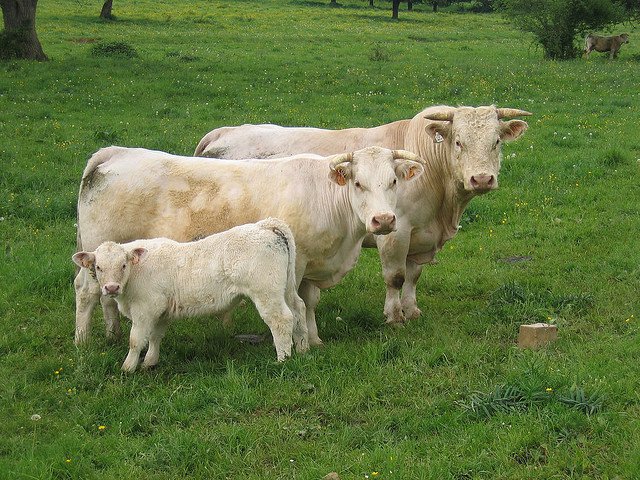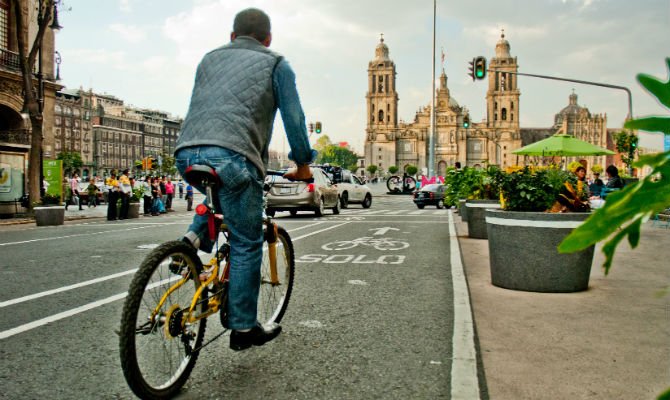If the world’s population lived as the average US citizen did, four Earths would be needed to create enough resources.
In the face of that impossible reality, it might be good to think up a new approach to modern life. One philosophy that has the potential to steer society toward a better future is minimalism.
At first glance, minimalism may seem impractical and challenging, something that doesn’t suit the fast-paced and commercialized nature of modern life.
But minimalism is really all about living deliberately and considering the consequences of your actions. Through minimalism, humans can reduce their eco-footprints and make sure overconsumption doesn’t strip the Earth bare.
“There is every reason to believe that consumption, which drives the production of goods and services, will continue to grow,” said Jon Christensen, senior fellow at UCLA’s cityLAB. “People around the world crave prosperity. We have to figure out how to embrace that and make it a force for good.”
Here’s a brief look at the ways you can incorporate minimalism into your life to help protect the Earth.
What you eat
Feeding a population of 12.3 billion by 2100, as it’s predicted to be, will be very difficult. One thing is for sure: it won’t be done with meat.

Eating less meat doesn’t have to be hard. If you’re eating meat every day of the week, try to bring it down to two times a week. If that’s too much, try the popular Vegan Before Six diet. You’ll be healthier and helping the planet at the same time.
To make sure you’re still getting all the best nutrients, there are a few easy food swaps you can make. Instead of meat, start buying beans, nuts, lentils, and more vegetables. These foods are easy to cook with and have minimal environmental impacts. In fact, the U.N. named 2016 the Year of the Pulse ( pulses are things like beans, lentils, nuts, chickpeas) for their positive environmental impact and because their high-yield rates can help end world hunger.

You’ll also be able to buy these foods fresh and in bulk, which will reduce the amount of packaging you take home, ultimately reducing how much waste you produce. Unless major changes are made to consumption patterns, global waste is projected to triple by 2100.
It’s even better if you can buy these foods at a farmer’s market, which use less energy than big industrial suppliers to produce and transport food.
Getting around
Part of being a global citizen involves wanting to explore the world.
Unfortunately, this desire for travel is environmentally harmful if you take flights all the time. In fact, a single round-trip flight from New York to Los Angeles exhausts the carbon budget each person on Earth would need to remain within if climate change is to be halted. (One way to off-set this is by buying tree certificates.)
And traveling the same distance in a car is even worse.
So rather than always hopping on a plane or filling up your car, it’s best to take mass transit, ride a bike, or walk. Biking and walking are also super healthy for you and release no emissions.

Trains and buses can travel thousands of miles and eco-friendly cruises can get you across oceans. Check out this list of North American train routes to dispel any ideas you may have that environmental sustainability means staying stuck in one time zone.
What you wear
Humans consume 400 percent more clothes than they did just two decades ago. About 80 billion pieces of clothing are consumed each year and this demand for “fast fashion” is straining the environment.
The textile industry pollutes the environment, gobbles up resources, and consumes energy all throughout the supply chain — from farm to closet.
The only real way to reverse this is to buy less clothes. Try to pare down your wardrobe from dozens of things that need to eventually be replaced to a few items that are durable.
Places to live
There is a growing movement to live in tiny spaces. With structures like shipping containers, tree houses, micro-apartments, and tiny homes, people are finding that what looks cramped on the outside can actually be quite comfortable. More importantly, living in a smaller space significantly reduces your eco footprint.
One company called Kasita is looking to mainstream this idea with elegant apartments that are about 208 square feet.

12.3 billion people can not live in suburban homes with sprawling lawns, but 12.3 billion can live in tiny apartments. Since the future is urban, more and more people will find these spaces an attractive alternative.
“If cities can lead the way on climate and energy, while expanding mobility and prosperity to include all of their residents, that is one great reason to have hope in the 21st century,” said Christensen.
All that stuff
If you walked around your home or apartment counting every item you found, the tally would probably be in the hundreds or thousands.
If you were to then go around counting every item that was absolutely essential, your tally would probably be in the dozens.
This disparity between what we buy and own and what we actually need leads to enormous overconsumption that drains the Earth’s resources and accelerates climate change.
So much of consumption is automatic and stripped of context — it’s easy to not know the workers and factories that made a product, the path to the store a product took, how all the packaging was made, and so on. Being mindful of what you consume can help you to think about the product journey and make smarter purchases.
Try to remove and recycle things in your life that aren’t essential. Then extend this logic into daily purchasing decisions. Instead of buying plastic water bottles, get a reusable water bottle. Instead of buying plastic-wrapped foods, buy fresh food. Instead of getting the latest technologies, enjoy what you currently have.
“What I have discovered is that minimalist living does not only benefit the environment, it also benefits me personally,” said Joshua Becker, founder of the Becoming Minimalist blog. “In other words, it’s not an either-or situation, it’s a both-and arrangement.
“Too often, we get caught up in the thinking that the only way to save the environment is to make all these difficult sacrifices in life — like owning less,” he said. “But minimalism is only a sacrifice if you’ve bought into the lies of a consumeristic culture where we are constantly told that more is better.
“But more is not better. Possessions never fully deliver on their promise of increased happiness in life — they only distract us from it.”
For some more resources on living minimally check this blog out.